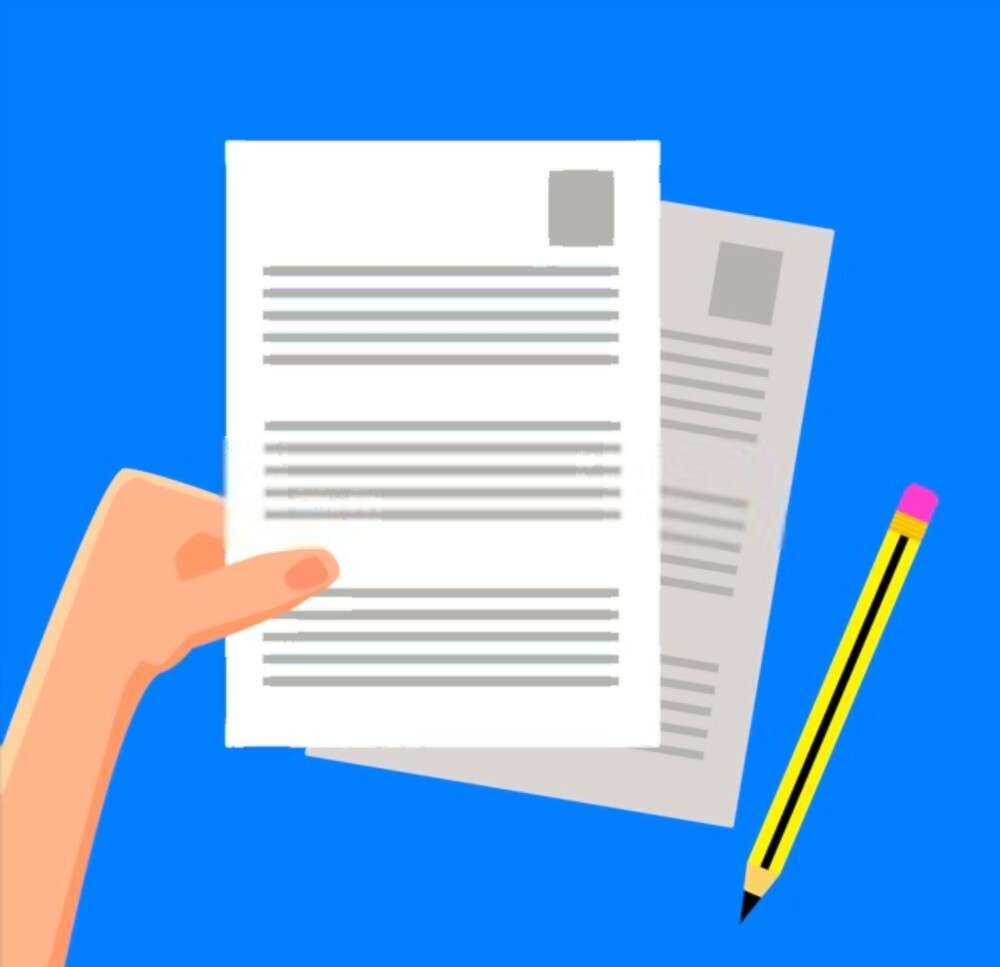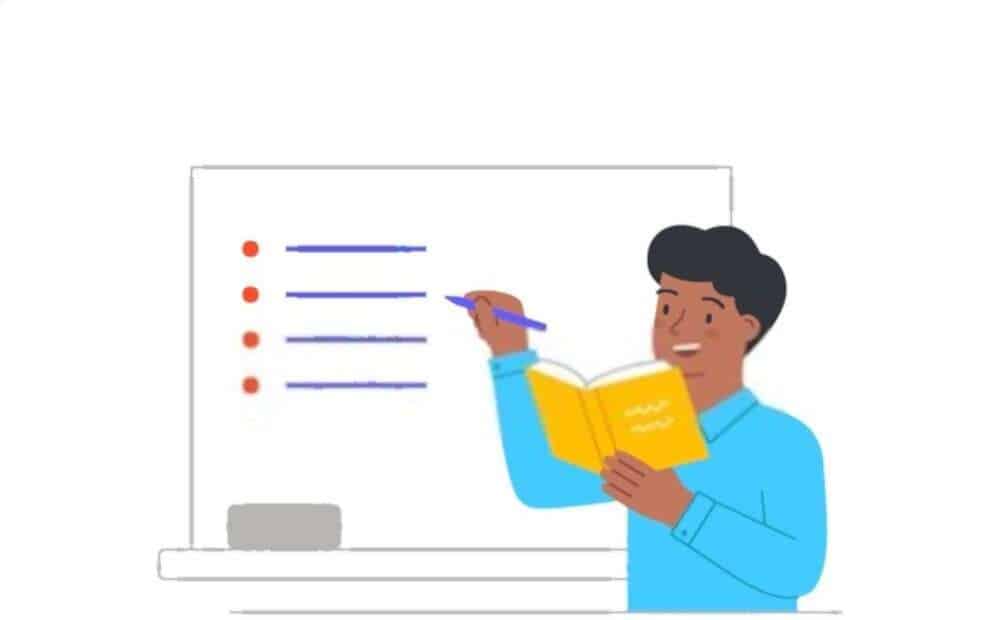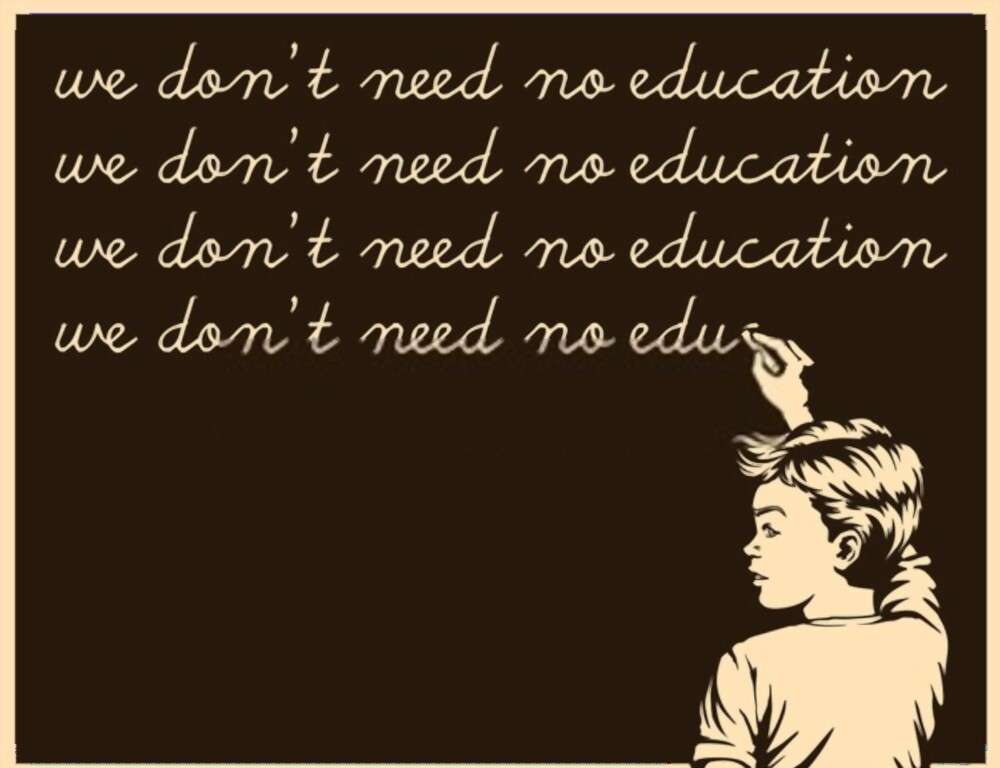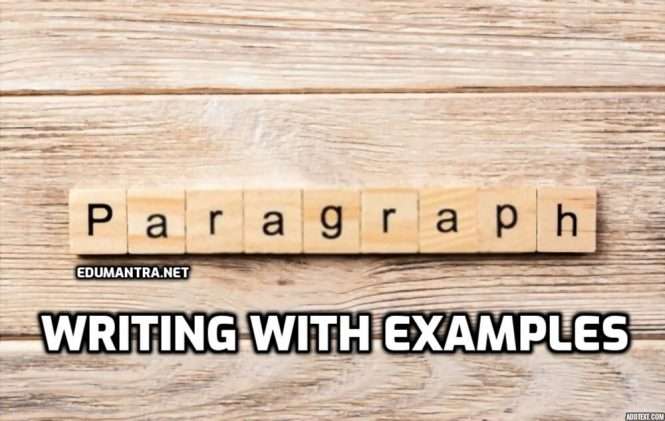Paragraph Writing with Examples
What is Paragraph Writing
Paragraph writing is an important skill for any writer or student. It’s a way to organize your thoughts and communicate effectively. With a little practice, you can develop paragraphs that are both engaging and effective. Here are four tips for paragraph writing that will help you achieve these goals.
The Purpose of Paragraphs

The purpose of paragraph writing is to organize thoughts and convey information in an easy to read format. Paragraph writing allows readers to follow a thought or main point without feeling bogged down by too much detail.
By breaking up your message into manageable paragraphs, you make it easier for the reader to understand what you are saying. Additionally, by using specific sentence structures and punctuation, you create a clear and cohesive writing style that will engage your readers.
Tips for Paragraph Writing
Here are a few tips for writing effective paragraphs:
- Use clear and concise language.
- Keep your paragraphs short and to the point.
- Use transitions to help move your readers from one thought to the next.
- Pay attention to sentence structure and use active and passive voice where appropriate.
- If you have to write long paragraph or essay, use headings to organize your thoughts and make your writing easier to follow.
- Use transitional words like however, nevertheless, nevertheless, moreover, etc. to help move your reader from one point to the next.
Points to remember while writing a Paragraph
This main idea is expressed through three sections of a paragraph:
1.Beginning: Introduce your idea.
2.Middle: Explain your Idea.
3.End: Make your point again, the transition to next, paragraph.
Here is a paragraph is taken from an essay on various strategies required for an overall improvement of student performance:
Students require more recreational time in order to better focus on lessons in class. In fact, studies have shown that students who enjoy a recess of more than 45 minutes consistently score better on tests immediately following the recess period. The clinical analysis further suggests that physical exercise greatly improves the ability to focus on academic materials. Longer periods of the recess are clearly required to allow students the best possible chances of success in their studies. Clearly, physical exercise is just one of the necessary ingredients for improving student scores on standardized tests.
There are a few things to keep in mind when writing paragraphs.
- First, make sure that each one is complete on its own and does not depend on the others for closure.
- Second, try to use active rather than passive voice when possible.
- Third, be concise but informative—leave readers with enough information to understand what you’re saying, but not so much that they become lost or bored.
- Finally, pay attention to sentence structure and use parallel construction where appropriate.
By following these tips, you can create effective paragraphs that will help your readers follow and understand your argument or story.
How to Write an Opening Paragraph

There are a few things that you need to keep in mind when writing your opening paragraph. The first is to make sure it grabs the reader’s attention. The second is to provide enough information so that they can understand what the rest of your article will be about. And finally, make sure your paragraph flows smoothly and makes sense on its own.
1. Start with a Hook – The first thing you want to do when writing an opening paragraph is find a hook that will grab the reader’s attention. A good way to do this is to provide some facts or statistics about the subject matter that you’re discussing. This will help set the tone for the rest of your article and draw in the reader.
2. Provide Enough Information – Once you have grabbed the reader’s attention, it’s important to provide enough information so they can understand what you’re talking about. Make sure that all the essential details are included so that readers don’t get lost or confused later in your article. If there are any questions that remain unanswered after reading through your opening paragraph, be sure to address them later in the piece.
3. Flow Smoothly and Make Sense on Its Own– Finally, make sure your paragraphs flow smoothly and make sense on their own without needing too much context or explanation from other paragraphs in your article. This will help keep readers engaged and interested in what you write.
How to Write a Conclusion of a Paragraph
When you finish writing your article, it’s time to conclude. A strong conclusion will help your readers remember the important points you made throughout the article, and it can also leave them wanting more.
Here are some tips for writing a strong conclusion:
- Start by identifying the main points you wanted to make in your article. Make sure those points are still relevant after reading through all of the content.
- Tie everything together by focusing on one or two key themes that run throughout your article. Try to express these ideas concisely.
- Summarize what you’ve written in a final few sentences or paragraphs. This gives your readers a sense of closure and helps them remember all the important points from your article.
There are four sentence types used to construct a paragraph:
Topic Sentence
One sentence which states your idea, point or opinion. This sentence should use a strong verb and make a bold statement.
For example, Students require more recreational time in order to better focus on lessons in class.
Note: Notice the strong verb ‘require’ which is a call to action. A weaker form of this sentence might be: I think students probably need more recreational time. This weaker form is inappropriate for a topic sentence.
Supporting Sentence
Supporting sentences (notice the plural) provide explanations and support for the topic sentence (main idea) of your paragraph.
For example: In fact, studies have shown that students who enjoy a recess of more than 45 minutes consistently score better on tests immediately following the recess period. The clinical analysis further suggests that physical exercise greatly improves the ability to focus on academic materials.
Note: Supporting sentences provide evidence for your topic sentence. Supporting sentences that include facts statistics and logical reasoning are much more convincing than simple statements of opinion.
Concluding Sentence
The concluding sentence restates the main idea (found in your topic sentence) and reinforces the point or opinion.
For example, Longer periods of the recess are clearly required to allow students the best possible chances of success in their studies.
Note: Concluding sentences repeat the main idea of your paragraph in different words.
Transitional Sentence
The transitional sentence prepares the reader for the following paragraph.
For example: Clearly, physical exercise is just one of the necessary ingredients for improving student scores on standardized tests.
Note: Transitional sentences should help readers logically understand the connection between one of the current main idea point or opinion and the main idea of your next paragraph. In this instance. The phrase ingredients.’ prepares the reader for the next paragraph which will discuss another necessary ingredient for success.
Tips for Effective Sentences while writing paragraphs-
Effective Sentences: Tips for Writing Well
There are a few tips for writing effective sentences-

Be Concise- One is to be concise. Try not to use more words than necessary. A lot can be said in a paragraph if all your sentences are well-written. This also requires some practice.
Means try to write shorter, more concise sentences. This will make your writing easier to read and less cluttered.
A clear subject and a clear object– Make sure your sentence has a clear subject and a clear object. The subject is who or what is doing the action, and the object is what was done to or with them.
Vivid Images – Create vivid images with verbs. Use strong verbs to paint a picture in your reader’s mind. For example, “He kicked the door open.” Images make your readers more engaged and interested in what you have to say.
Use active voice– When possible, try to use the active voice instead of the passive voice. Usually active sentences are small in size.
Use parallel constructions- Parallel constructions involve using similar structure in consecutive lines of text so that the reader understands what is happening quickly and easily. For example, say “She took the book off the shelf” rather than “She removed the book from the shelf”.
Be specific- When you can be more specific in your language, it will help readers understand what you are talking about better and help them remember your points later on.
Conclusion
As a writer, it’s important to be able to write clearly and concisely. Finally we would suggest that some practice under an expert is really very very necessary.
In this article, we’ve shared some tips on how to write paragraphs that are both informative and engaging for your readers. By following these guidelines, you’ll be able to craft paragraphs that will keep them reading until the end. Thanks for reading!
Now find some of the paragraphs written by some of our expert writers. Click the links below and do let us know what do you feel about them-
Some Samples and Examples Are:

6.My First Day at School- event
12.What I want to do for My Family
14.Republic Day celebrations as I saw on Television
15.Pleasures of Watching a Television
17. Preparation for the Festival I Recently Celebrated
19.Pains and Pleasures of Being the Youngest/Eldest Child in your Family
20.What 50th Years of India’s Independence Means to Me
21. Causes of Accidents in Indian Cities
22. Smoking is Harmful to Health
28. The pleasure of Morning Walk
29.The Scene in the School after the Bell Goes
32.Disadvantages of Living in a Big City
33.The joy of Living in a Big City
37.Morning Walk: A Blessing or Curse
39.The Pleasure of Living at a Hill Station
41.School Life as I have known
42. What I want to do for My School
43. Small Family is a Happy Family
